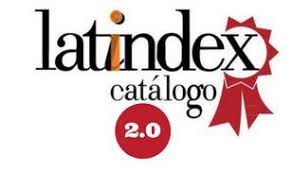Lanscapes for sustainable and participatory development
Keywords:
landscape, landscaping, territorial planning, cultural policy, environmental policyAbstract
This text addresses the renewed sense of landscape based on various contemporary disciplinary traditions that was adopted by the Landscape Convention, an international treaty enacted by the Council of Europe in 2000.
The first part deals with the concept adopted by said Convention, which understands landscape to be: the character of each territory, socially perceived, and the result of the interaction of events and natural and/or human processes.
The second part addresses the methodological basis of the characterization and assessment of landscape and highlights the approach of the British Landscape Character Assessment method and some empirical results of this methodology.
The third part deals with landscape policies and focuses on the potential of urban and territorial planning instruments to incorporate objectives, guidelines and actions aimed at the protection, management, and requalification of, and public access to the landscape.
Finally, the text describes an experience with a territorial landscape project, the Plan Insular de Menorca or Insular Plan of Menorca (Balearic Islands, Spain), which was passed in 2003. The text synthesizes the plan´s decisions on the protection of certain lands due to their high landscape value, its guidelines for the incorporation of landscape criteria in sectorial policies (tourism, agriculture, infrastructure, etc.), and its initiatives for landscape management and improvement and the promotion of public access for contemplation and enjoyment of the landscape.
Downloads
Downloads
Published
How to Cite
Issue
Section
License
The content of articles which are published in each edition of Habitat Sustentable, is the exclusive responsibility of the author(s) and does not necessarily represent the thinking or compromise the opinion of University of the Bio-Bio.
The author(s) conserve their copyright and guarantee to the journal, the right of first publication of their work. This will simultaneously be subject to the Creative Commons Recognition License CC BY-SA, which allows others to share-copy, transform or create new materials from this work for non-commercial purposes, as long as they recognize authorship and the first publication in this journal, and its new creations are under a license with the same terms.![]()























